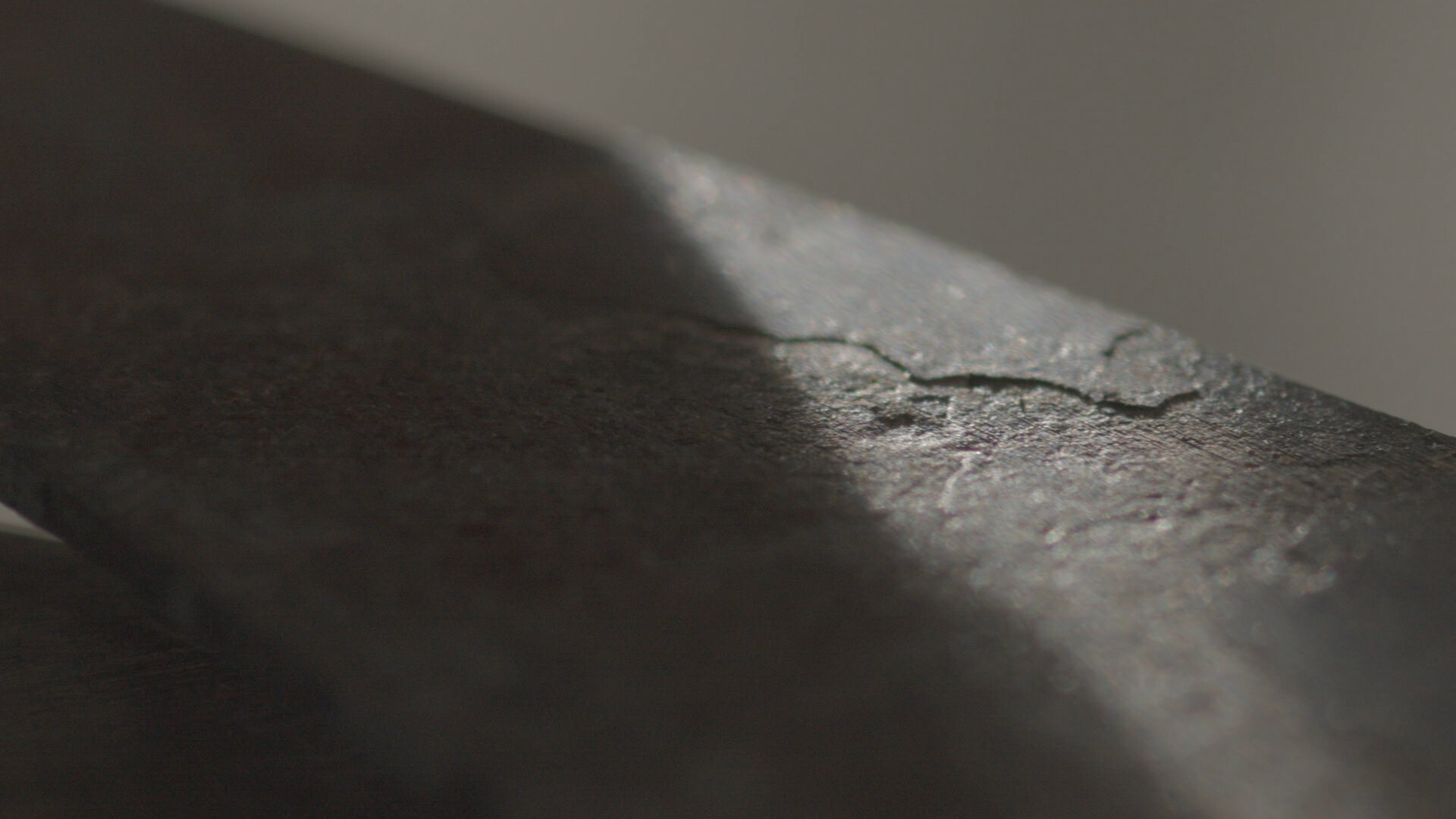
In these days when we are always in a hurry to get somewhere, we need to be able to stop and take time - for ourselves, to think about the things that surround us. That's why at Sikuri we want to offer unique objects that are both durable and lasting; our creative ideal is a unique, useful artisanal product with a story to tell.
Knife maintenance
Hand wash & dry right after use—never use the dishwasher.
Hone daily with ceramic honing rods — avoid steel rods because they are to soft.
Use food - grade mineral oil on the handle & blade regularly.
Avoid bones, frozen food, and ceramic—they can chip your blade.
Use the knife's spine for food collection, not the knife's edge.
Cut on end-grain wooden or classic wodden cutting board (plastic ones are not good for your health).
Sharpen on whetstones or a belt grinder regularly.
Store on a magnet or in a leather sheath—no knife blocks.
Patina
The patina is caused by the surface oxidation of the carbon steel, but this gives the knife additional protection against rust. Depending on the type of food being cut, different colours and patterns of patina are obtained. This adds a special story to your knife that evolves as you use it. To ensure that the patina develops beautifully and does not turn to rust, the knife must be well cared for. After each use, wash with soapy water and wipe dry.



